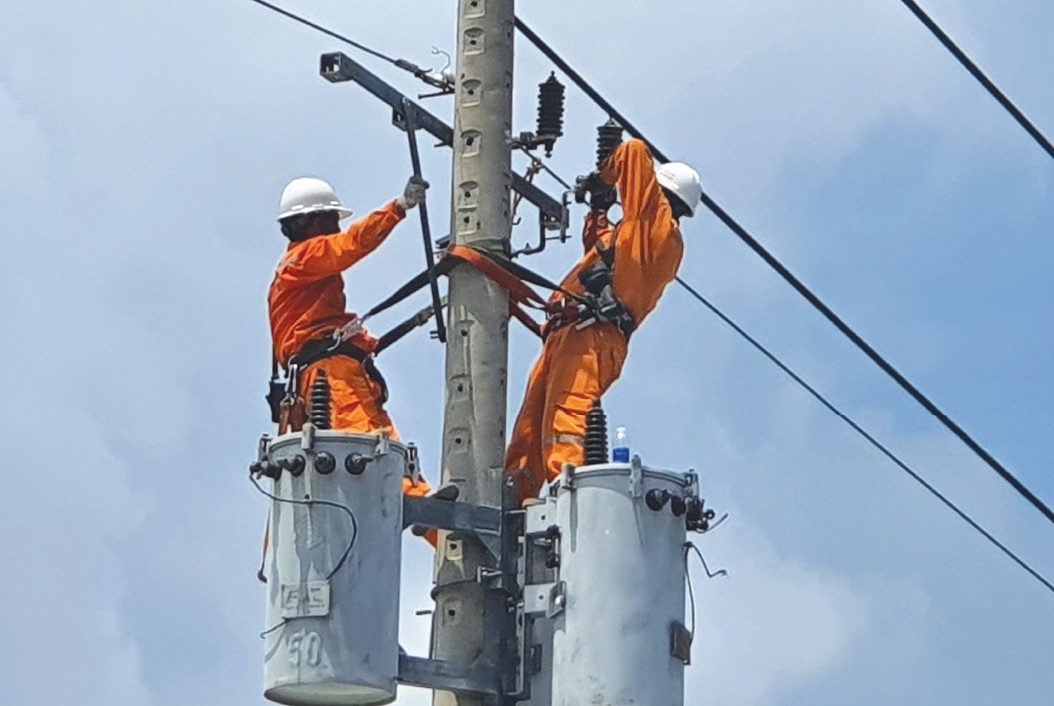HCMC – Vietnam Electricity Group (EVN) is no longer a major power producer in Vietnam as it has contributed only 11% of electricity directly to the national grid this year, according to the Electricity Regulatory Authority of Vietnam.
The private sector now accounts for 42% of power generation output while other corporations in the oil, gas and minerals sectors contribute 47% of total power supply for the national grid.
However, EVN also contributes 26% of power supply through indirect holdings in energy firms, taking the total to 37%.
BOT (build-operate-transfer) projects and electricity imports account for 10% and 1%, respectively.
Before 2012, the private sector supplied nearly 10% of electricity for the national grid. Incentive policies introduced by the Government to promote renewable energy development have led to private sector investments in the energy sector soaring in recent years.
The sources of electricity in Vietnam include hydroelectricity, thermal power running on coal, diesel and liquefied natural gas (LNG), renewable energy, imported electricity. Among those, hydroelectricity and coal thermal power constitute the main share.
By the end of 2022, coal thermal power holds the largest share with 33%, followed by hydroelectricity at 28%. Renewable energy and LNG-fired power follow at 26% and 11%, respectively, with the rest coming from other sources.
Regarding power generation, in the first nine months of the year, the generated power capacity amounted to 209.9 billion kWh, with the most substantial contribution from coal thermal power at 97.2 billion kWh, or 46.3%.
According to the Electricity Regulatory Authority of Vietnam, despite having an installed capacity of 21,000 MW, making it the third-largest power source, electricity generation from renewable energy reached nearly 14% of the total power capacity as of September this year.









